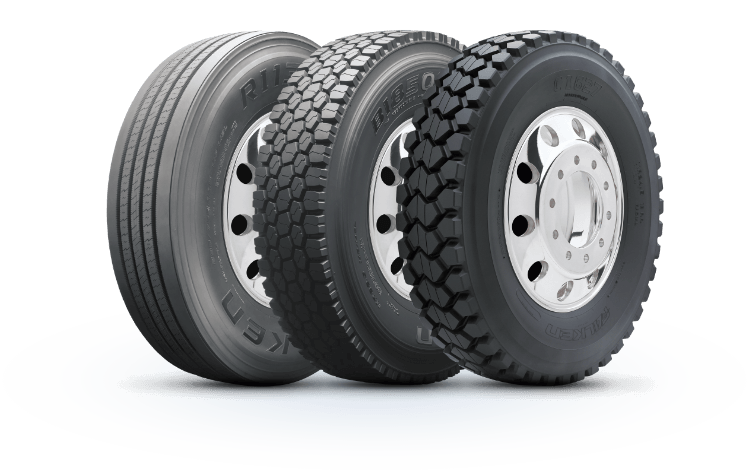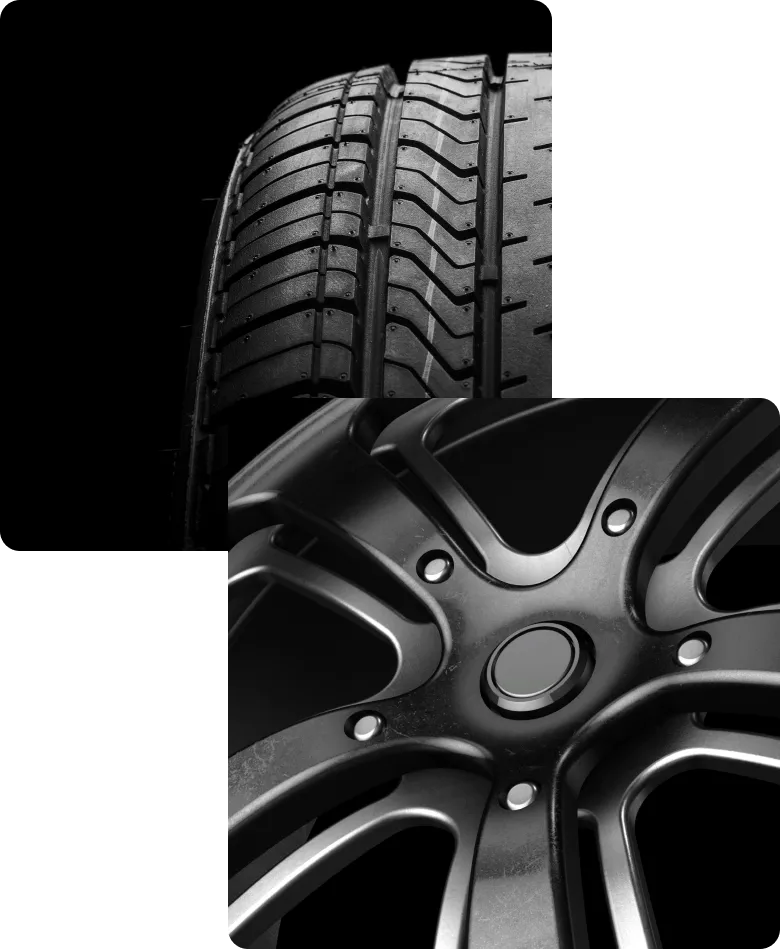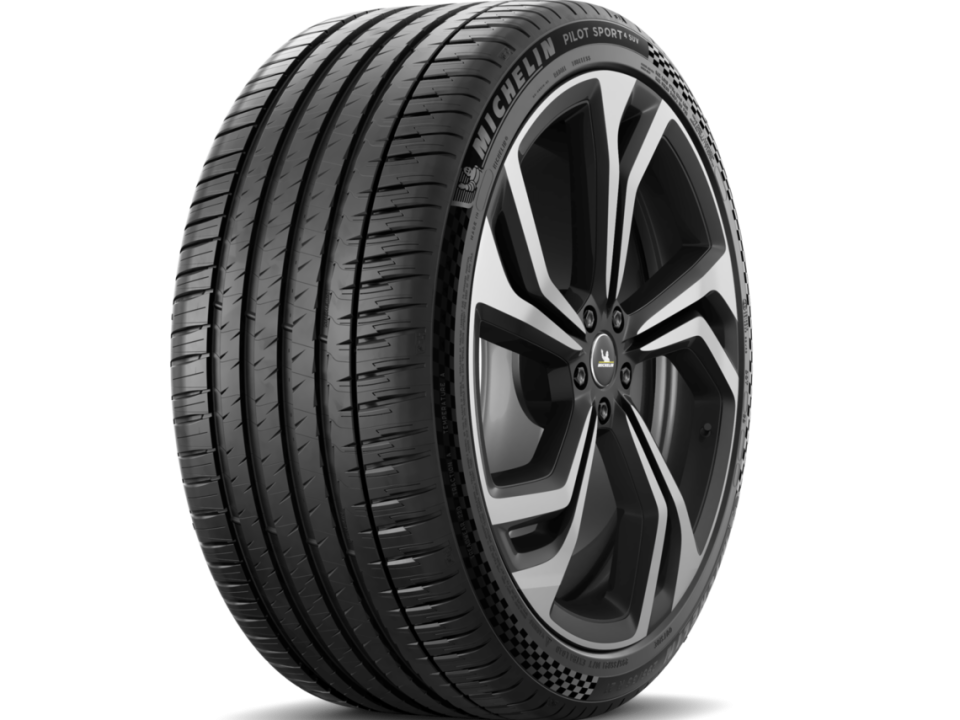
Rolling Wonders: Unveiling the Fascinating World of Tire Manufacturing, Quality, and Innovation
September 8, 2023
The Ultimate Tire Buying Guide: Choose the Right Tires for Your Vehicle
September 11, 2023- Aesthetics
- Appearance
- Balance
- Benefits
- Braking
- Care
- Cleaning
- Comfort
- Conditions
- Control
- Corrosion
- Craftsmanship
- Criteria
- Customization
- Damage
- Design
- Durability
- Efficiency
- Engineering
- Fuel
- Guide
- Handling
- Ideas
- Inspection
- Integrity
- Lightweight
- Longevity
- Maintenance
- Manufacturing
- Materials
- Mileage
- Options
- Performance
- Personalization
- Precision
- Process
- Quality
- Rims
- Road
- Safety
- Selection
- Steering
- Strength
- Technology
- Testing
- Tips
- Tire
- Treatment
- Trends
- Vehicle
- Weight
- Wheels
The wheels of a car not only provide the means for it to move but also play a crucial role in its aesthetics and overall performance. Among the essential components of a wheel are the rims, which are responsible for holding the tire in place, providing stability, and contributing to the vehicle’s appearance. In this comprehensive guide, we’ll explore the fascinating world of rim manufacturing, the materials and processes involved, and how quality is meticulously created.
Understanding the Role of Rims
Before delving into the intricacies of rim production, it’s essential to comprehend the critical role that rims play in a vehicle’s performance and appearance.
1. Structural Integrity
Rims are the structural foundation of a wheel. They must withstand the vehicle’s weight, road impacts, and dynamic forces while maintaining their shape and integrity.
2. Aesthetic Appeal
Rims are also a key element in a vehicle’s aesthetics. They come in various designs, finishes, and sizes, allowing car owners to personalize their vehicles and enhance their visual appeal.
3. Heat Dissipation
During braking, rims aid in heat dissipation by providing a surface for air circulation. Efficient heat dissipation is crucial for maintaining brake performance and safety.
4. Weight Considerations
The weight of rims affects a vehicle’s overall weight and, consequently, its fuel efficiency and handling. Lightweight rims are favored for their positive impact on performance.
5. Compatibility
Rims must be compatible with the vehicle’s tire size, ensuring a secure fit and proper alignment. Compatibility is essential for safe and efficient driving.
Now that we understand the significance of rims, let’s dive into the intriguing world of rim manufacturing.
The Rim Manufacturing Process
Rim production is a meticulous and precise process that involves several steps. Let’s explore how rims are made, from the selection of materials to the final finishing touches.
1. Material Selection
The choice of materials is fundamental to rim quality and performance. Common rim materials include:
- Aluminum: Lightweight and corrosion-resistant, aluminum alloys are popular choices for rims.
- Steel: Steel rims are durable and less expensive but are heavier than aluminum.
- Alloy: Alloy rims combine the strength of steel with the lightweight properties of aluminum, providing a balance between performance and durability.
2. Rim Design and Engineering
Rim manufacturers employ skilled engineers and designers who create precise blueprints for the rims. These designs factor in considerations such as size, shape, weight, and aesthetics. Computer-aided design (CAD) software plays a crucial role in this phase.
3. Rim Formation
The chosen material is then shaped into the desired rim design. This can involve processes like casting, forging, or pressing, depending on the material and design specifications. Each method has its advantages and produces rims with distinct characteristics.
4. Heat Treatment
Heat treatment is often applied to improve the strength and durability of rims. This process involves heating the rims to a specific temperature and then cooling them rapidly. It helps enhance the material’s properties.
5. Rim Finishing
Rim finishing is where aesthetics come into play. The rims are painted, polished, or coated to achieve the desired look. Different finishing techniques, such as powder coating or liquid painting, are used to create various colors and textures.
6. Quality Control
Quality control is an integral part of the manufacturing process. Rims undergo rigorous testing to ensure they meet safety and performance standards. This includes checks for structural integrity, balance, and dimensional accuracy.
Creating Quality Rims: Key Considerations
The journey to creating quality rims involves attention to detail at every step of the manufacturing process. Here are some key considerations that rim manufacturers prioritize to ensure the production of high-quality rims:
1. Material Quality
The selection of high-quality materials is the foundation of a quality rim. Rim manufacturers often work with reputable suppliers to source materials that meet stringent standards.
2. Precision Engineering
Advanced CAD software and skilled engineers contribute to the precision of rim design. The exact dimensions and specifications are crucial for proper fit and performance.
3. Quality Assurance
Rigorous quality control checks are conducted throughout the manufacturing process. These checks include structural tests, dimensional measurements, and balance assessments.
4. Durability Testing
Rims are subjected to durability tests that simulate real-world driving conditions. This ensures that they can withstand the stresses of daily use and challenging road conditions.
5. Weight Optimization
Efforts are made to reduce the weight of rims without compromising strength. Lightweight rims enhance vehicle performance, including acceleration and fuel efficiency.
6. Aesthetic Appeal
The finishing touches, such as painting and polishing, are done meticulously to achieve the desired aesthetic appeal. This includes selecting attractive colors and textures that align with current automotive trends.
The Impact of Rim Quality on Vehicle Performance
Quality rims have a profound impact on a vehicle’s overall performance. Here’s how rim quality influences different aspects of your driving experience:
1. Handling and Stability
High-quality rims contribute to better handling and stability. They provide consistent support to the tire, allowing for precise steering and control.
2. Braking Performance
Rims aid in heat dissipation during braking. Well-manufactured rims help maintain consistent brake performance by effectively dissipating heat.
3. Fuel Efficiency
Lightweight rims reduce the overall weight of the vehicle, which can positively impact fuel efficiency. Vehicles with quality rims often experience improved mileage.
4. Ride Comfort
Rims also play a role in ride comfort. Quality rims contribute to a smoother and more comfortable ride by minimizing vibrations and impacts from the road.
5. Safety
Safety is paramount, and quality rims can enhance it. Reliable rims reduce the risk of accidents due to structural failures or tire dislodgement.
Maintenance and Care of Rims
To preserve the quality and longevity of your rims, regular maintenance and proper care are essential. Here are some tips:
1. Cleaning
Regularly clean your rims to remove dirt, debris, and brake dust. Use a non-acidic cleaner and a soft brush or cloth to avoid damaging the finish.
2. Inspection
Periodically inspect your rims for signs of damage or corrosion. Promptly address any issues to prevent further damage.
3. Tire Maintenance
Proper tire maintenance, including tire rotation and inflation, can help extend the life of both your tires and rims.
4. Avoiding Curb Rash
Be cautious when parking and avoid hitting curbs or other obstacles. Curb rash can damage the rim’s appearance and integrity.
5. Seasonal Changes
In areas with harsh winters, consider using a different set of rims with winter tires to protect your regular rims from salt and road debris.
Conclusion: The Art and Science of Rim Manufacturing
Rims are not just functional components of a vehicle; they are a blend of art and science. The meticulous process of selecting materials, engineering designs, and ensuring quality at every step culminates in the creation of rims that enhance a vehicle’s performance, safety, and aesthetics.
Next time you admire the wheels of a car, you’ll have a deeper appreciation for the craftsmanship and technology that go into producing quality rims. Whether you’re a car enthusiast looking to customize your vehicle or a conscientious driver prioritizing safety and performance, the quality of your rims will undoubtedly make a difference in your driving experience.

